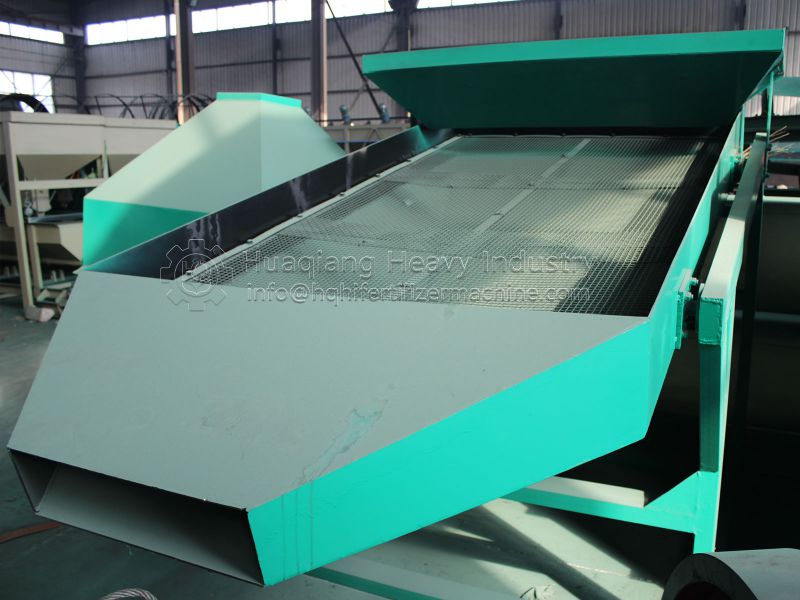Explanation of the production process of fertilizer granules processed by flat die pelleting machine
The flat die pelleting machine is a key piece of equipment in modern organic fertilizer production, valued by fertilizer manufacturers for its efficient and stable processing capability.
1.Raw Material Pre-treatment Stage
Ingredient Mixing: Raw organic materials (like livestock manure, straw) and additives (like bentonite, microbial agents) are mixed according to the recipe. Moisture content is usually maintained at 30-40%.
Crushing: A fertilizer crusher grinds the mixture to a particle size of 3-5mm, ensuring uniformity for the next step.
2.Core Granulation Process
Feeding System: Pre-treated material is evenly fed into the flat die pelleting machine’s inlet via conveyor belt. Feed rate is typically 2-3 tons per hour (depending on the machine model).
Compression Molding: Under vertical pressure, the material is forced through holes in the flat die (usually 4-8mm in diameter). The gap between the rollers and flat die is kept at 0.1-0.3mm, with working pressure maintained between 8-15MPa.
Cutting: Rotating knives cut the extruded material into standard pellets, 5-15mm long.

3.Post-processing
Initial Drying: The newly formed pellets enter a dryer. Temperatures are kept at 60-80°C to reduce moisture content below 15%.
Cooling and Screening: After cooling, a vibration screener machine separates out qualified pellets (typically within ±1mm diameter tolerance). Unqualified pellets go back for re-granulation.
Coating: An anti-caking coating can be applied as needed to improve storage stability.
Flat die pelleting machines are especially suitable for small-to-medium organic fertilizer plants due to their simple structure, strong adaptability, and low energy consumption. Optimizing these production stages significantly improves pellet formation rate and product quality while lowering production costs.


